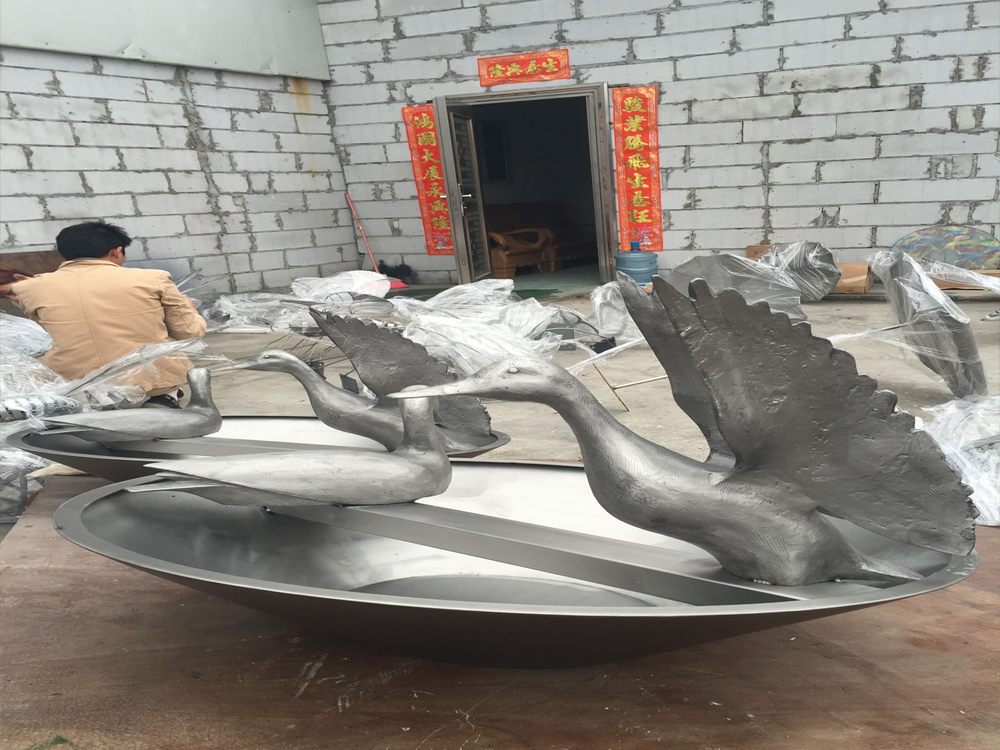
Interacting with stone sculptures in public spaces can have profound psychological effects, often overlooked in our fast-paced urban environments. These silent, enduring artworks serve as more than mere decorations—they act as anchors for emotional and cognitive experiences.
One of the most notable effects is stress reduction. The tactile nature of stone, combined with its cool, solid presence, can induce a calming effect, similar to grounding techniques used in therapy. Running one’s hands over the textured surface of a sculpture can help redirect focus away from anxiety, promoting mindfulness.
Stone sculptures also foster a sense of connection—both to history and to the present moment. Their permanence contrasts with the transient nature of daily life, offering a psychological refuge. This can evoke feelings of stability and continuity, especially in bustling urban settings where change is constant.
Additionally, public sculptures often become communal landmarks, creating shared emotional experiences. They invite interaction, whether through touch, photography, or simply contemplation, fostering social bonds and a sense of belonging.
For some, these sculptures serve as silent confidants, offering a non-judgmental space for reflection. The act of engaging with art in open spaces can unlock creativity and provide emotional catharsis, making stone sculptures unexpected yet powerful tools for mental well-being.
In essence, stone sculptures in public spaces are not just artistic statements but psychological touchstones, enriching urban life by nurturing mindfulness, emotional resilience, and communal connection.

